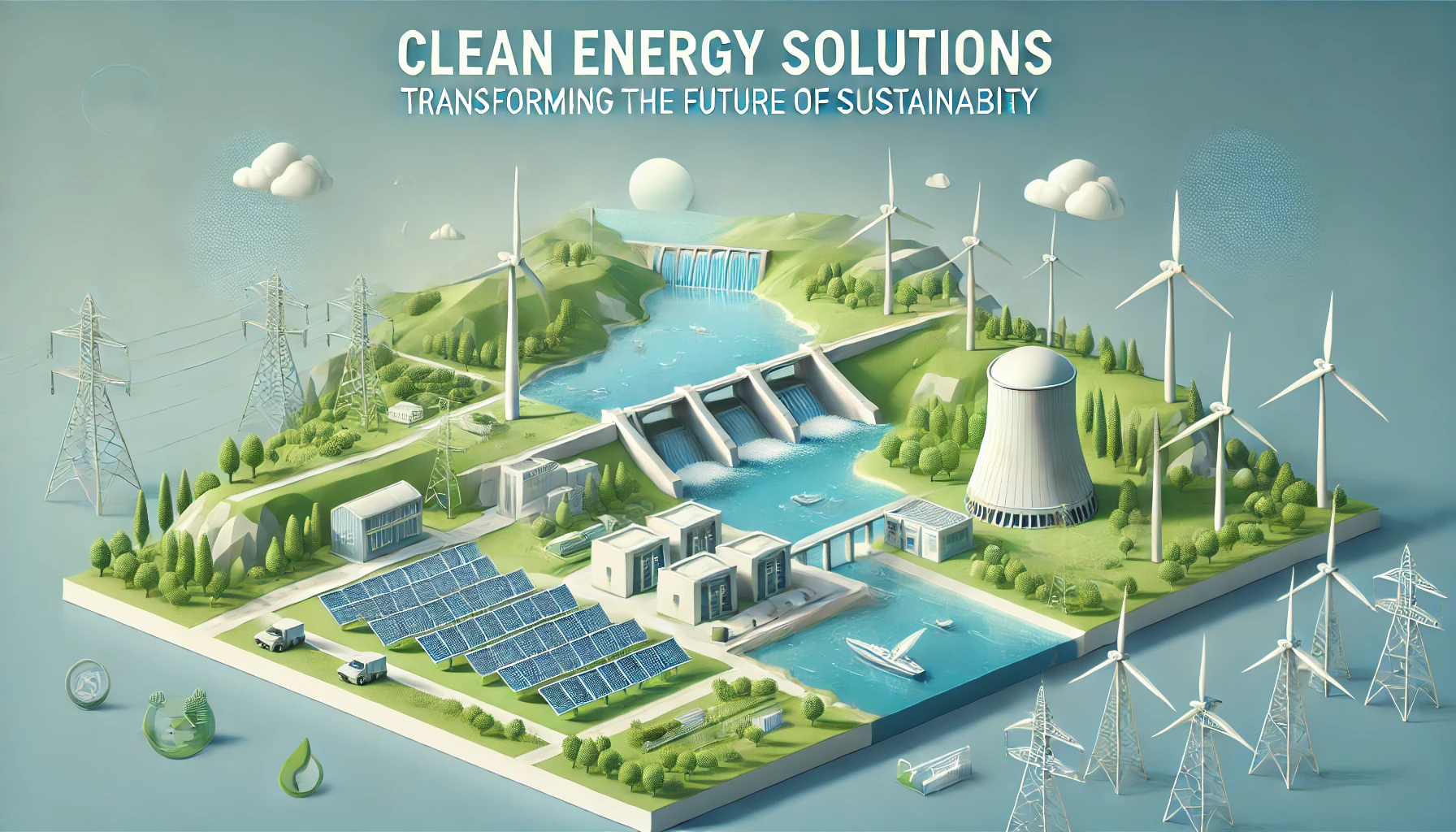As global demand for sustainability rises, clean energy has emerged as the cornerstone of the future power industry. In 2025, advancements in renewable energy technologies such as solar, wind, and hydrogen are revolutionizing power generation, reshaping economies, and reducing environmental impacts. Let’s explore how clean energy is shaping the future of power and transforming the energy landscape.
Why Clean Energy Is the Future of Power
- Environmental Sustainability: Reduces carbon emissions and combats climate change.
- Economic Growth: Creates jobs and stimulates green economies.
- Energy Security: Reduces reliance on fossil fuels and foreign energy sources.
- Technological Advancements: Drives innovation in energy storage and grid management.
Key Clean Energy Trends in 2025
1. Solar Power Dominance
Solar energy continues to lead the clean energy revolution with rapidly advancing technologies such as:
- Bifacial Solar Panels: Generate power from both sides.
- Perovskite Solar Cells: More efficient and cost-effective.
- Building-Integrated Solar Panels: Turn buildings into energy generators.
Global Impact:
By 2025, solar farms are expected to produce over 50% of global renewable electricity, powering millions of homes and businesses.
2. Wind Energy Expansion
Wind power has grown into a major renewable energy source thanks to larger, more efficient turbines.
- Offshore Wind Farms: Capture strong ocean winds for consistent power.
- Floating Wind Turbines: Allow installation in deep-water areas.
- AI-Powered Wind Farms: Optimize output using predictive algorithms.
Global Impact:
Countries like the U.S., China, and Germany are setting records with wind power, generating sustainable energy for entire cities.
3. Hydrogen: The Next Clean Fuel
Green hydrogen, produced using renewable electricity, is revolutionizing sectors like transportation, aviation, and heavy industry.
- Hydrogen Fuel Cells: Power electric vehicles (EVs) with zero emissions.
- Energy Storage: Store excess energy from renewable sources.
- Industrial Applications: Replace coal and natural gas in steel and chemical production.
Global Impact:
Hydrogen-powered trains, planes, and cargo ships are expected to become mainstream by 2025.
4. Energy Storage Breakthroughs
Energy storage is critical for balancing power supply and demand in renewable grids.
- Next-Gen Batteries: Solid-state and lithium-sulfur batteries last longer and store more power.
- Grid-Scale Storage: Stabilizes electricity supply during peak hours.
- Home Battery Systems: Enable energy independence for homeowners.
Global Impact:
Energy storage capacity is expected to triple by 2025, ensuring a steady supply of renewable power.
5. Smart Energy Grids & AI Integration
Smart grids powered by AI and blockchain technology ensure efficient energy distribution, reduce power outages, and enable dynamic energy pricing.
- AI-Powered Analytics: Forecast energy demand and optimize supply.
- Smart Meters: Enable real-time energy tracking for consumers.
- Decentralized Grids: Allow peer-to-peer energy sharing.
Global Impact:
Smart grids are predicted to cover 80% of the global power market by 2025.
The Future of Clean Energy by 2025
The power industry is undergoing a clean energy revolution, driven by innovation, investment, and global sustainability goals. By adopting renewable technologies, we can create a future powered by clean, affordable, and sustainable energy.



